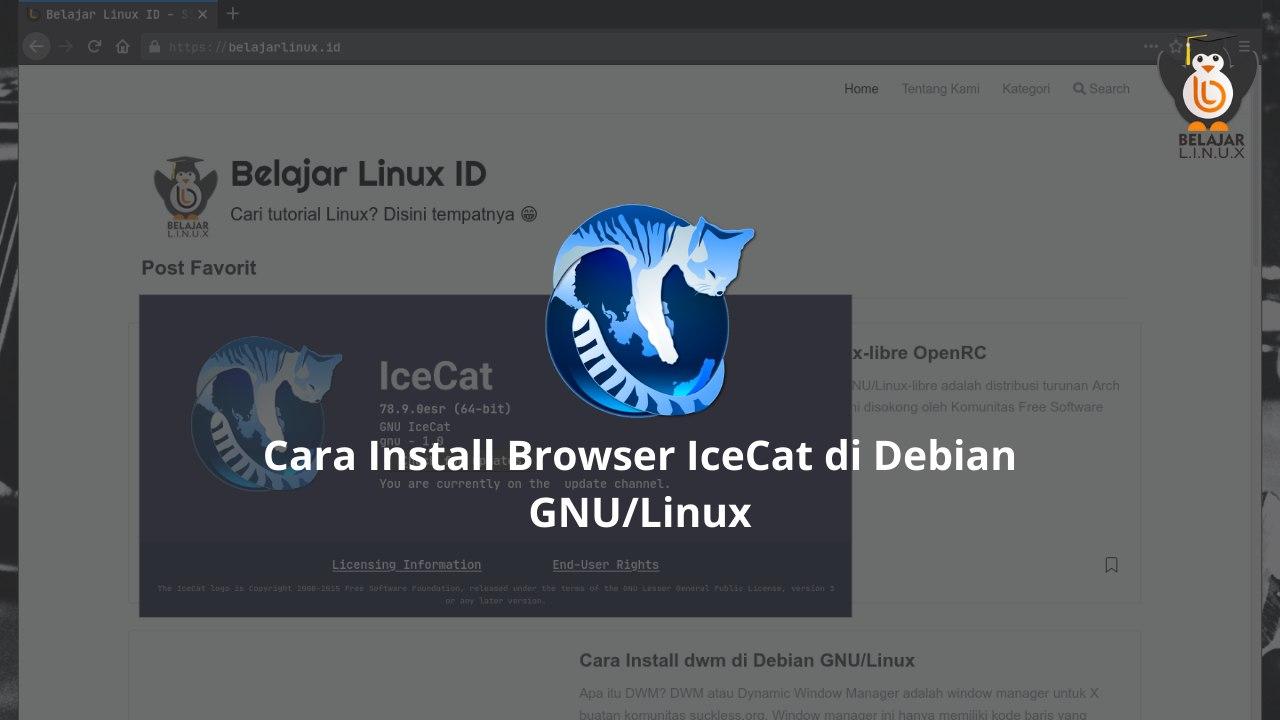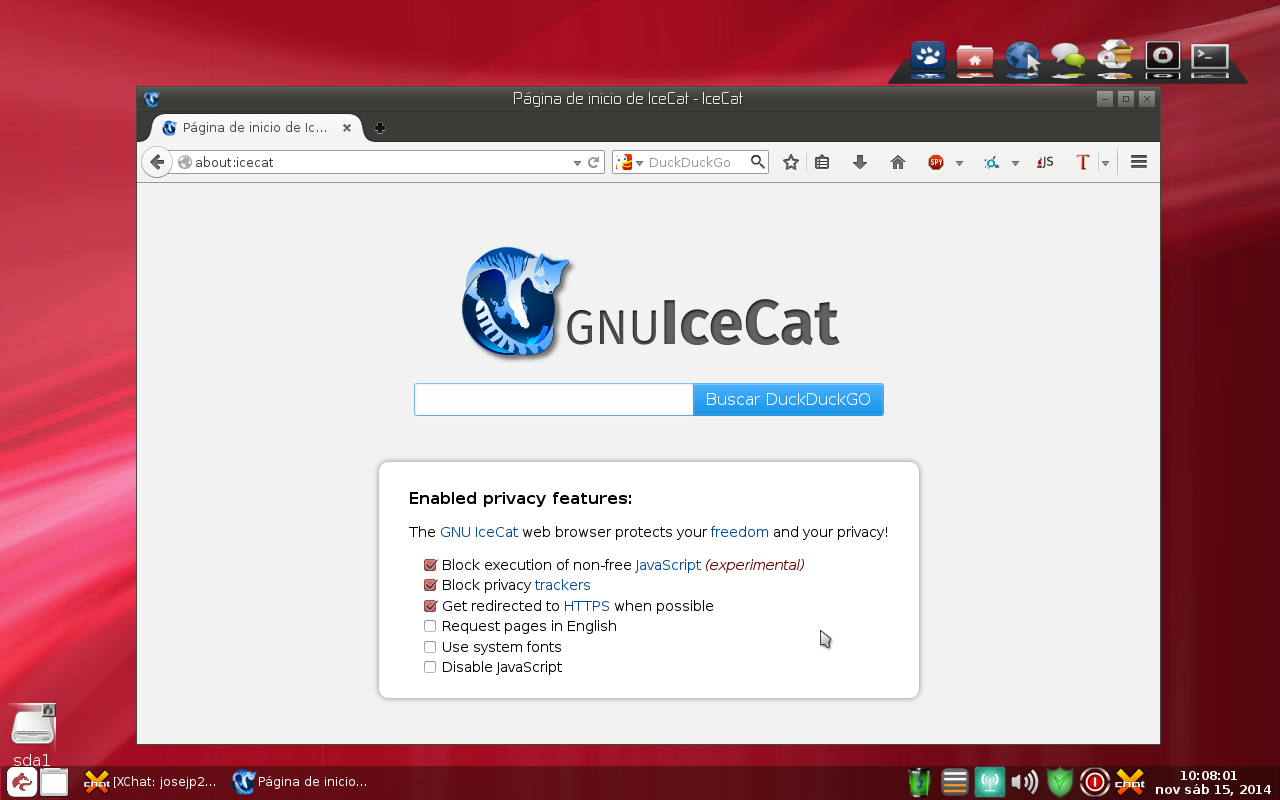

Or at least, we need to understand what Plasma users will have available. We need to decide about GNU/Linux’s future.
Gnu icecat 4k android#
For what it’s worth, that’s not new: Android does it, OS X does it, Windows does it (from the Store), Chrome OS does it, etc. a popup asking if you let Kamoso access the webcam). As always, sandboxing creates new challenges: It requires changes in applications (or frameworks) to adapt, often creating a user interaction fence (e.g. Hence, jumping from our distributions’ nest into the lions. It’s especially interesting because by letting the users execute any binaries we’re increasing the exposition of their systems.

What has appeared recently is sandboxing. There’s been many solutions to fix those, some easily come to mind: ArchLinux’s AUR (with yaourt), Ubuntu’s PPAs, big-tar application packages, OpenSuse’s OBS, and possibly others.įar from showing the maturity of the Linux desktop, what this depicts is the deep fragmentation we’re into: we have come up with different solutions that break the established distribution paradigm by lowering the restrictions and considering the resources offered as unsupported (often tainting the whole system).
Gnu icecat 4k software#
We have users who want to use fresh versions of some software but not in the whole system.It’s really hard for GNU/Linux users to get users to test unstable versions of our software.We have users using really old versions of our software with issues we’ve solved in versions they can’t use.Let’s enumerate some of the problems we have nowadays: It seems like now it’s the moment to review this situation. Like in most engineering solutions there’s drawbacks and properly addressing them can bear some goodness. It has worked for years and, given the technology is in place, it could easily keep working. The ensemble of limitations and technologies adopted will effectively define the user’s experience. There’s limitations nevertheless, so some restrictions have to get in place. The more powerful the distribution is, the more we get. This guarantees that everyone using a distribution will have access to the resources the distribution can offer. There’s been alternatives to all of those, but none has flourished as a globally adopted solution. Anything: executables, libraries, icons, wallpapers, etc. The solutions that have attempted to tackle the problem in the past have been ignored (both by us developers and by distributions).įirst, let me try to subjectively summarize the problem: Historically, the resources we get in GNU/Linux come from the distributions.It’s impressive how in the last few months (and especially the last few weeks) the discussion around bundled applications for the GNU/Linux Desktop has sparked.


 0 kommentar(er)
0 kommentar(er)
